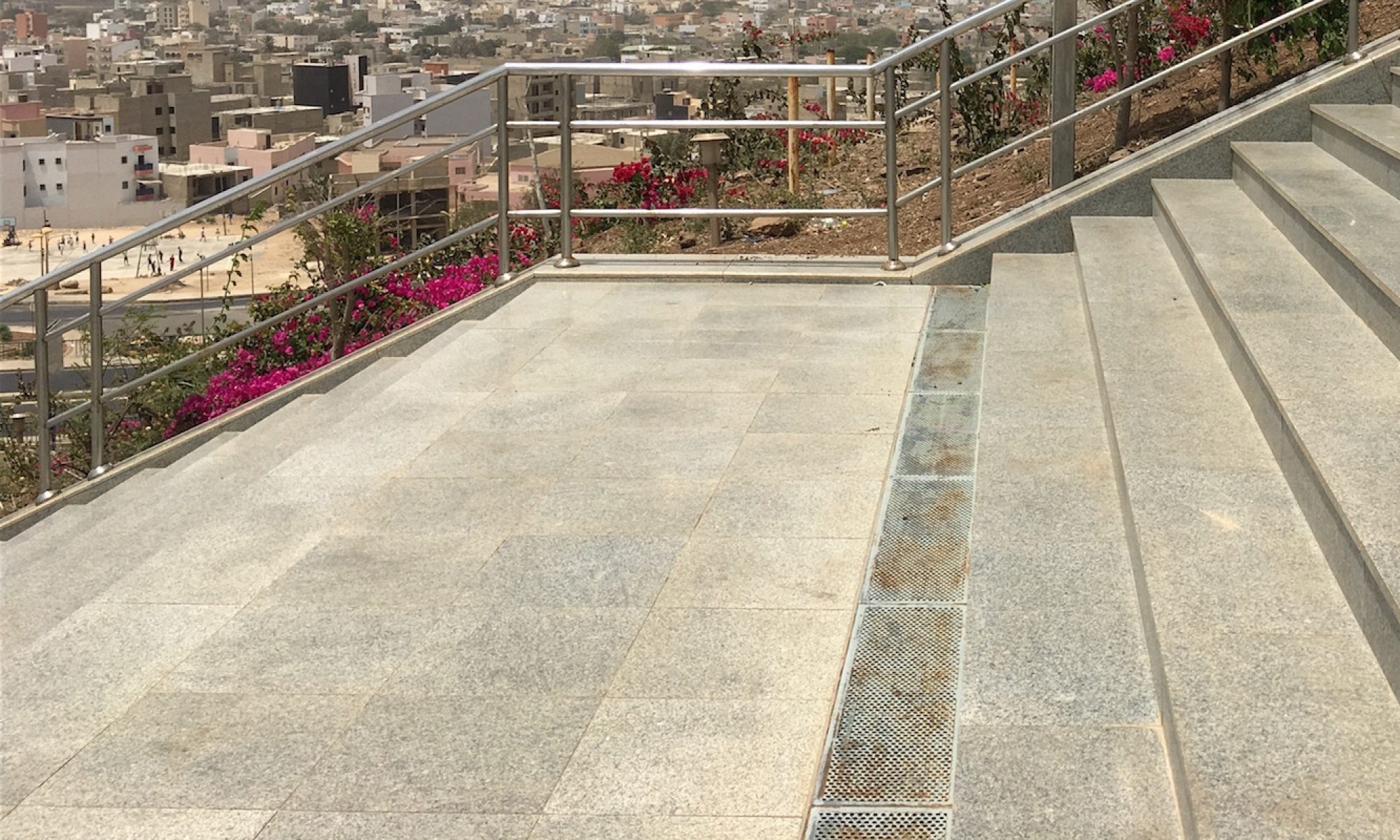In her recent blog post, Courtney Ciardullo explores the dichotomy of professorial teaching styles and their relation to Stanford’s “Academic Probation” letter. While some professors are uncompromising in the guidelines they set, others allow more freedom in their partnership with students. “Finding a balance in the academic workplace is difficult,” Courtney says “but if achieved could produce a successful and productive classroom environment.” The most constructive professors may exist somewhere in-between firm and relaxed. Representations of this dichotomy can be found in other areas of the academy as well. Particularly, I have seen the physical arrangement of a classroom influence discourse between students. This is to say that depending on how students are positioned in relation to each other, a course’s effectiveness can be bolstered or hindered.
Classrooms with harsh, authoritarian layouts hinder inter-student dialogue. Recently, a literature course I am taking suffered from a mid-semester room change. Our once circular seating arrangement was exchanged for uniform rows facing the professor. The circular organization forced eye contact between class members, allowing comments to be easily attributed and responded to. Now, when students see only the backs of their classmates, discussion is stifled. This is not to say that rowed seating arrangements are not a valuable element of the academy. Lectures benefit from making the professor the sole object of students’ attention. Rather, discussion based courses beg for arrangements that encourage collaboration. The decline in quality discussion within my literature course has been palpable.
At the same time, students and professors have the power to overcome the difficulties of less-than-desirable seating arrangements. Students enrolled in The Risks and Rewards of Academic Partnership squeeze around a single table with limited sight lines. While our Academic Partnership classroom may be cramped, our discussions are anything but hampered. Although I may not be able to see every student in the classroom, minor adjustments allow me to see the majority of students when they speak. If Academic Partnership were to move into a lecture hall, our discussion would surely decline in both quantity and quality. (Those lecture seats sure are comfy, though.) This ability to address each other is integral to discussion based courses.
